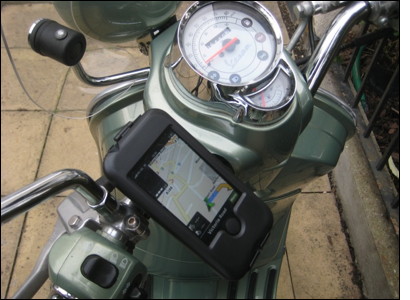
Having recently bought a Piaggio Vespa for getting ourselves around town, where it's quicker than driving by car, we are now finding ourselves having weekly adventures. It's great fun and feels like we have the freedom to go anywhere, anytime, much like cycling but with far less effort!
On my push bike, I have an iPhone mount for tracking journeys using Trailguru. It's a brilliant iPhone app and records the route using GPS positions and places these on a map for reviewing after the cycle ride. It provides data on top speed, average speed and far more usefully, total distance travelled.
I bought a mount for the Vespa too, this one is an enclosed mount to keep the iPhone dry in wet weather. Not only is it really easy to attach to the handlebars, but it is very quick to place the iPhone inside, keeping it safe and snug. With the lid closed, the iPhone is still completely useable, with all the buttons available as well as the headphone jack. Although the screen has a protective cover, the iPhone is still touch sensitive. Perfect really. I bought my iPhone 4 case from Mobile Fun.
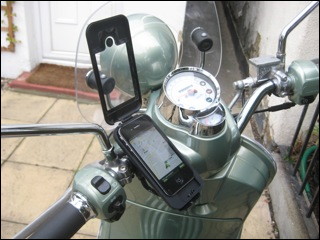
I'm now running a SatNav app called NAVV for UK+Ireland. It's a really cool app and has all the features of a fully fledged SatNav box. The software includes the complete maps for UK and Ireland, so it doesn't demand a connection to the Internet to download each new area, unlike Google Maps.
NAVV does the usual warnings of travelling faster than the speed limit, as it knows the stretches of road you are on, as well as those roads undergoing roadworks where there are additional speed restrictions. The driver is also made aware of traffic camera alerts.
I have considered other SatNav apps for the iPhone, but these are either horrendously expensive, £30+, feature-less or just sluggish which isn't ideal. I'd definitely recommend NAVV to any iPhone user. A feature I'd love to see in the app is a way in which journeys are recorded so they can be reviewed or overlaid onto a Google Map, much like Trailguru.
Here are some screenshots from the NAVV software.















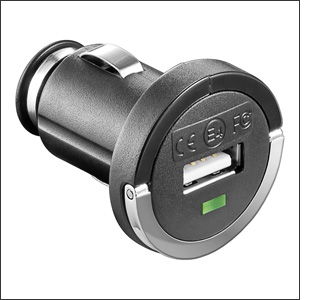 This handy little gadget simplifies and stylises the charging of iPhones and iPods in the car. It's tiny and fits almost within the cigarette charging socket itself which is pretty neat. I've owned cars with wires sprawling across seats, wrapped around gearsticks and dangerously tangled around handbrake levers.
This handy little gadget simplifies and stylises the charging of iPhones and iPods in the car. It's tiny and fits almost within the cigarette charging socket itself which is pretty neat. I've owned cars with wires sprawling across seats, wrapped around gearsticks and dangerously tangled around handbrake levers..jpg) This film, directed by Lord Puttnam follows five young people who attend mainstream schools. It highlights how out of touch schools are in providing children with the skills they need in a vastly changing, 21st Century world. We are already a decade into this new Century and yet we are still switching children off of learning.
This film, directed by Lord Puttnam follows five young people who attend mainstream schools. It highlights how out of touch schools are in providing children with the skills they need in a vastly changing, 21st Century world. We are already a decade into this new Century and yet we are still switching children off of learning..jpg)
.jpg)
 Learning Conferences are intended to be a 3-way exchange of information about each pupil from the teachers, parents and pupils' perspective. Pupils are encouraged to attend Learning Conferences as the conversation is centred around them, the learner.
Learning Conferences are intended to be a 3-way exchange of information about each pupil from the teachers, parents and pupils' perspective. Pupils are encouraged to attend Learning Conferences as the conversation is centred around them, the learner.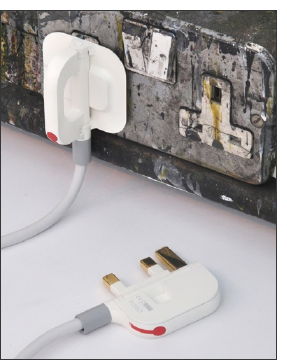
.jpg)
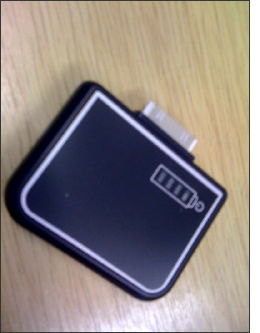 The iPhone travels with me everywhere I go. Most days it gets a lot of use from listening to music, taking photos, checking travel and weather reports, accessing email, diary, administering servers and my home (more on this later!) Some software on the phone drains the battery more than others, such as using it as a phone, or the GPS and Google Maps where data is constantly being downloaded. Often the iPhone struggles to even last the day without a top up or connection to my computer. Some days, this just doesn't happen as I'm constantly moving here there and everywhere.
The iPhone travels with me everywhere I go. Most days it gets a lot of use from listening to music, taking photos, checking travel and weather reports, accessing email, diary, administering servers and my home (more on this later!) Some software on the phone drains the battery more than others, such as using it as a phone, or the GPS and Google Maps where data is constantly being downloaded. Often the iPhone struggles to even last the day without a top up or connection to my computer. Some days, this just doesn't happen as I'm constantly moving here there and everywhere.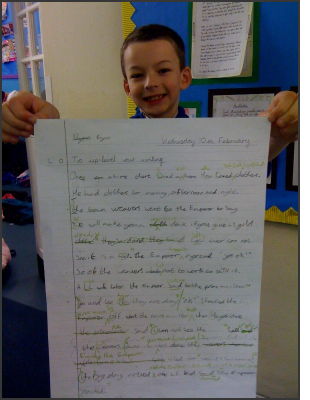
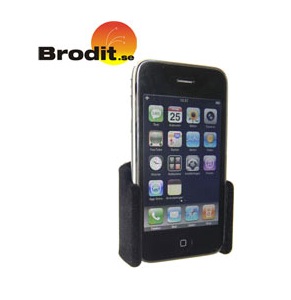
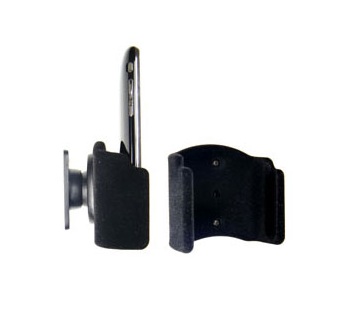

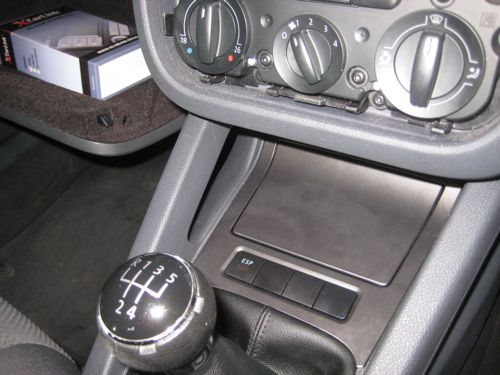
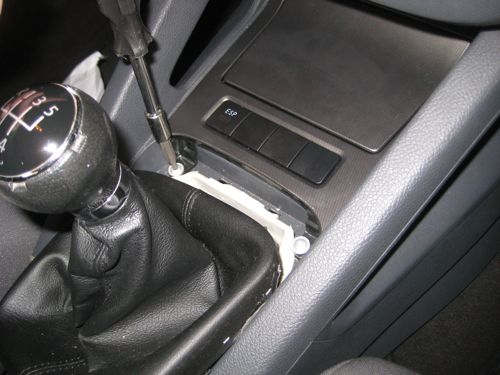
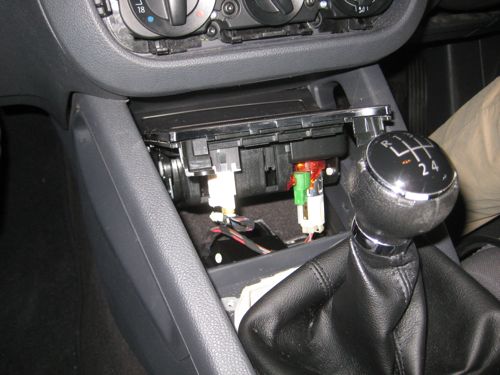
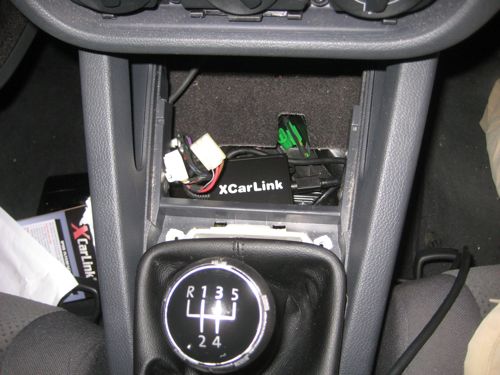
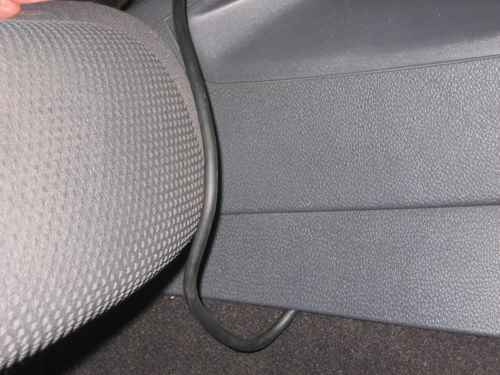
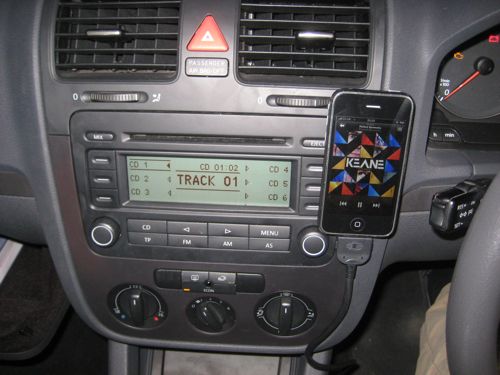
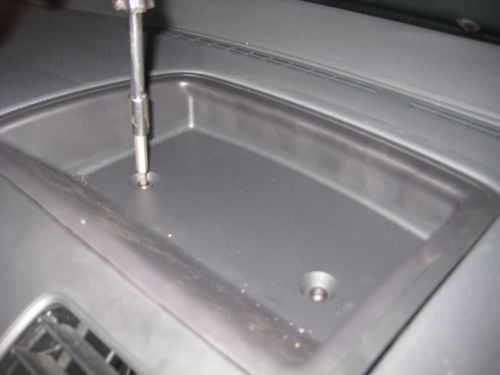
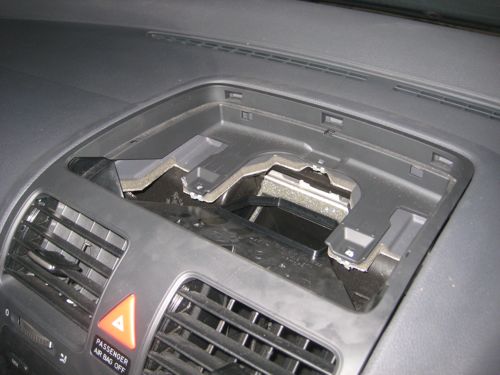
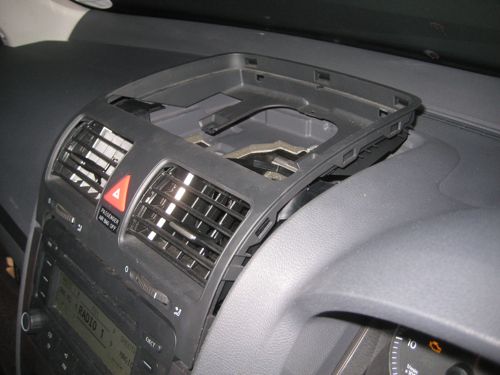
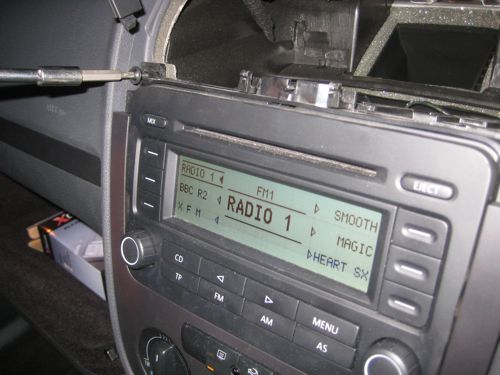
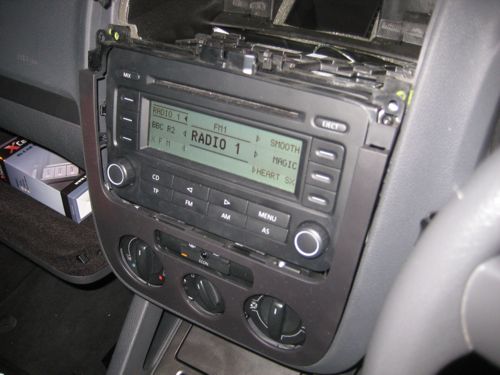
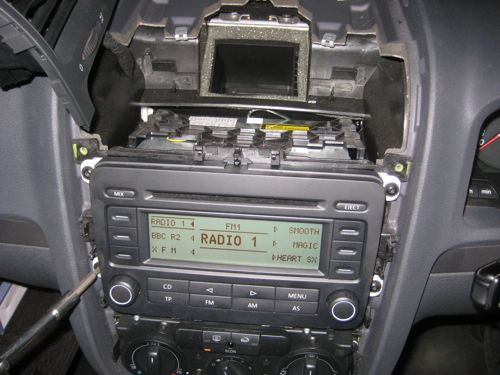








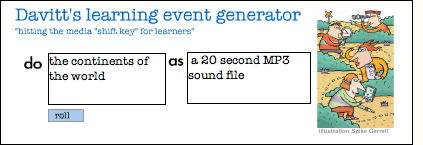

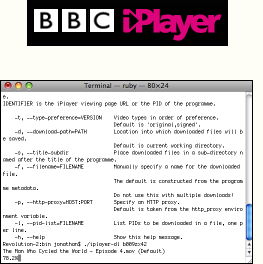 Whilst the BBC are still dragging their feet with providing
Whilst the BBC are still dragging their feet with providing  Ever since Sir Ken Robinson spoke about Creativity and learning at TED, I've been keeping a watchful eye on subsequent presentations.
Ever since Sir Ken Robinson spoke about Creativity and learning at TED, I've been keeping a watchful eye on subsequent presentations.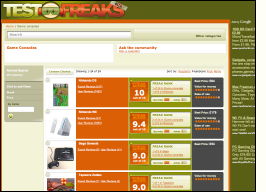
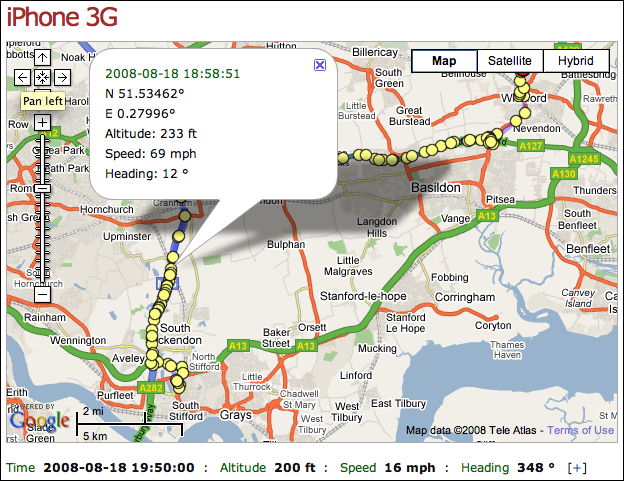
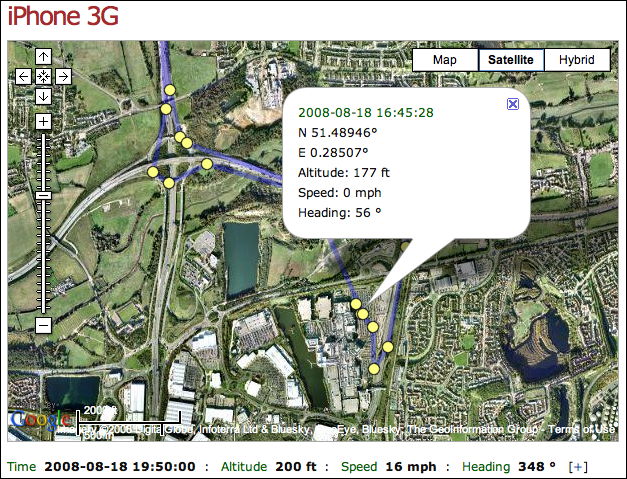
 It'll be unfair for me to say that I haven't blogged for ages because I haven't had the time to do so as I've had the same amount of time as I have always had. I hate the expression 'I just haven't had the time to...' because that really means 'I've chosen to do something else' which is ok really - life is a busy place to be and we each have different priorities and needs.
It'll be unfair for me to say that I haven't blogged for ages because I haven't had the time to do so as I've had the same amount of time as I have always had. I hate the expression 'I just haven't had the time to...' because that really means 'I've chosen to do something else' which is ok really - life is a busy place to be and we each have different priorities and needs.